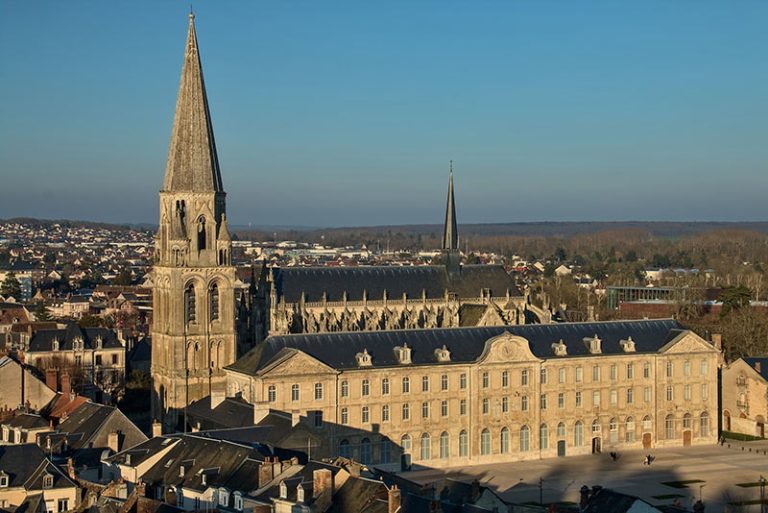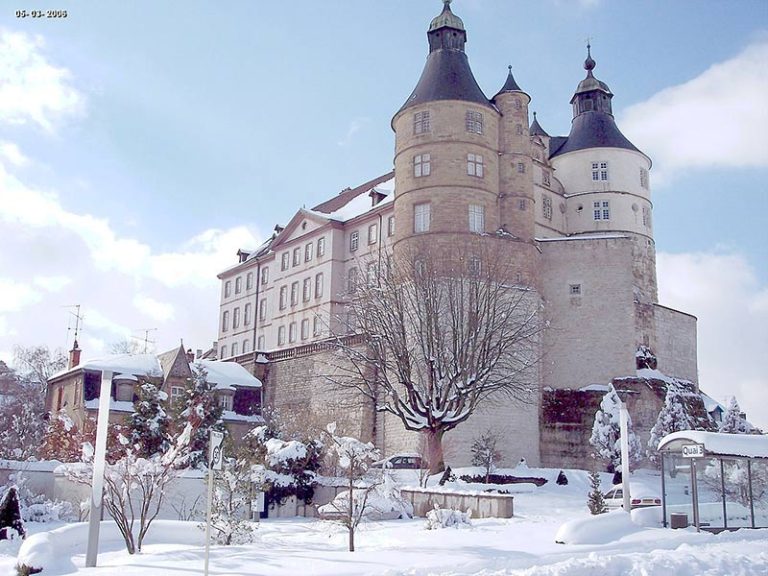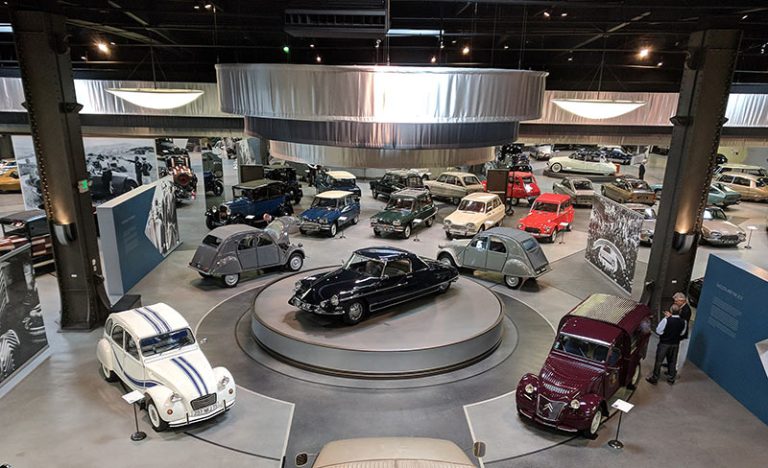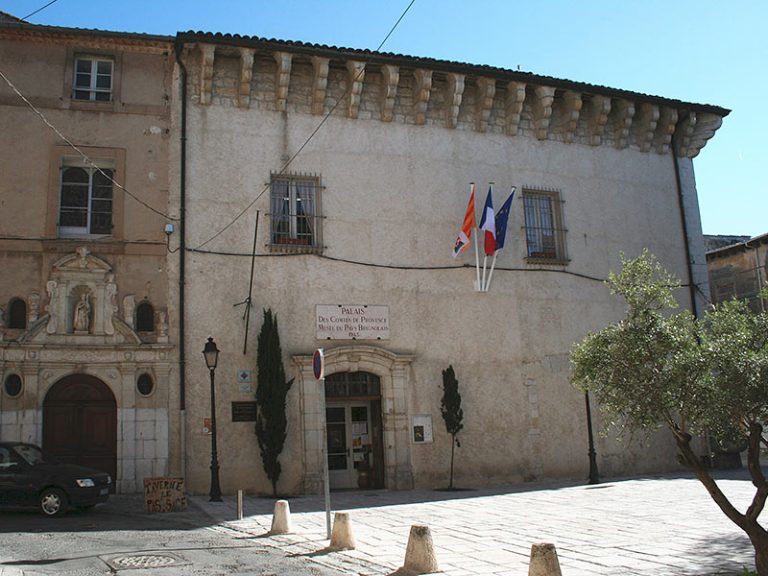When you were appointed, you explained that you wanted “a museum without doors”. What do you mean ?
Several things. First, that these places, often inherited from the 19th century, were designed as “temples of knowledge”: everything is done to impress the visitor. I really want to break this image, make our museums much more open to their environment, and ensure that everyone feels a little “at home”. Which firstly involves more material comfort. For example, it is rarely possible to sit down. And, when this is the case, it is on small backless benches. However, if you want to take the time to look at a Velázquez or a Caravaggio, you have to be comfortably seated. My dream would even be that we could lie down in the rooms! First step, we ordered comfortable sofas and armchairs: starting this month, this furniture will be installed in three Rouen museums. It’s a test. We will see how the public reacts.
What are the other avenues?
Visiting a museum is a physically, but also intellectually demanding exercise. To more easily understand what is on display, you must engage all of the senses, and not just sight. This can be done simply, for example, by providing paper and pencils in the rooms. But I would like to go further. A bit like the “Prayer of Touch” exhibition – which offered to discover sculptures by touching them – we could offer small facsimiles near the works, or even authorize, when possible, to touch the originals. I also think about soundscapes, and even smells. Finally, in the permanent collections, we are thinking about how to make our labels more accessible, with fewer texts and a more visual explanatory approach. Another aspect, I want to encourage artistic practices: why not make pianos, even guitars or violins available in the permanent collections: there is enough space in the rooms!
You are not going to make life easier for the surveillance agents…
The paradigm of the museum today is to prohibit (speaking, eating, touching, etc.). What I want is to authorize. And evolve the surveillance tasks towards a welcoming relationship. From this point of view, media libraries are ahead and could inspire us. For example, I would like to make the Sculpture Garden of the Museum of Fine Arts in Rouen a place where students can come and revise; or conversely, imagine time slots where people are allowed to speak loudly in museum rooms. Which would make visits less restrictive for young people and children. For the benefit of the latter, I would also like to make toys freely accessible, for example art puzzles, in the rooms. And for everyone, make books available, related to the works on display.
To boost attendance, are you banking on the end of ticketing?
I am convinced that several short visits are better than one endless visit. Our permanent collections have been free since 2016. But the visitor must take a ticket, which constitutes a real obstacle: if you have to take an entry ticket, you are not going to pop into the museum to see a work between two classes , two meetings or during your lunch break. My goal is that, starting this spring, people will be able to freely enter our museums. And that the reception agents, freed from ticketing tasks, are there to welcome them and guide them.
Concerning the collections, what are your projects?
Of the million objects in our collections, only a fraction (between 5% and 10%) is exhibited. Our major project is to work towards better distribution between museums. There is no national plan to organize the lending policy. I would therefore like each curator to propose a list of works which are in reserve and which they could make available to other museums in Normandy. From the second half of 2024, we will have a first series of 200 works to lend.
Do you also want to extend the duration of work loans?
We are in great demand for temporary exhibitions, particularly by museums abroad. Given the environmental cost that this represents each time, it is absurd to move works for only three months! The idea is to increase the duration of temporary exhibitions to a minimum of six months, and, beyond that, to encourage museums to preserve the works which have traveled in this way. What interests me is the long term. Another direction, I would like, in our museums, any temporary exhibition to be able to nourish the permanent collections, so that there remains something other than a beautiful catalog.
Can you give an example?
Last summer, during the exhibition “Slavery, Norman Memories”, a room evoked the role of Rouen in the transatlantic slave trade. The subject will now be the subject of a permanent space in the Beauvoisine museum which is currently being restored. Incidentally, the idea is not to make this museum a classic museum, but a place accessible to as many people as possible, and environmentally responsible.
In this regard, what are your priorities?
We are going to set up a mileage budget, that is to say, thinking about how the works are transported and at what cost, which will lead us to make decisions in our loans taking this criterion into account. We also want to encourage the public to use bicycles, public transport or carpooling to come to temporary exhibitions. So, from the next school year, this type of user will benefit from a reduced rate. The idea is really to send a signal. But beyond that, it is also up to the museum to go beyond its walls and meet the public. We hired five young people in civic service, to go and present works in places where the museum is not: shopping centers, libraries, nursing homes, etc. In December, as part of the “One day, a work”, in collaboration with Gare et connections we had a foretaste of this approach: five works from our museums were exhibited in Rouen station. Each was accompanied by a mediator who introduced them to travelers. A very good idea to make people want to go further.
Passionate about heritage, this 32-year-old curator was appointed last August to head the eleven museums in the Rouen metropolis. A graduate of Essec after studying history at the Sorbonne and art history at the École du Louvre, Robert Blaizeau joined the National Heritage Institute in 2014. Assigned to the management of the Saint -Lô in 2015, he joined the services of the city of Rouen in 2021 as deputy general director. He notably contributed to the 2022 edition of the Normandy Impressionist festival, and to the “Rouen, European capital of culture 2028” project.
a million
This is the number of objects making up the collections of the museums of the Rouen metropolitan area.







